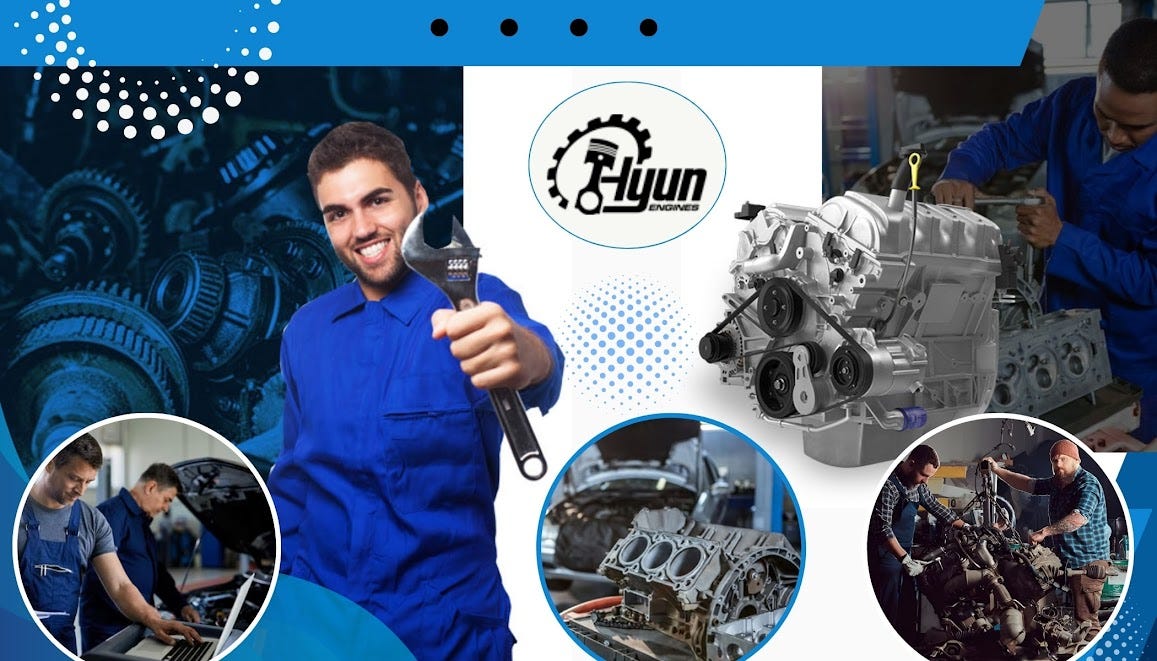Hyundai Tucson Hyundai Tucson, a well-known small SUV, is notable by its combination of style, performance, and value. The main reason for its popularity is its engine, which is a key element in the driving experience. Knowing how to use the Hyundai Tucson engine options can help potential purchasers make a more informed choice.
Engine Options and Performance
The Hyundai Tucson Engine offers several engine options, based on the trim level and year of the model. As of the latest models the Tucson provides three primary engine options:
2.5-Liter Inline-4 Engine 2.5-Liter Inline-4 Engine: This is the standard engine in all models. It produces around 187 horsepower and 178 lb-ft of torque. This engine is able to strike a balance between power and efficiency, making it suitable for both daily use and highway cruising. It is equipped with an automatic fuel injection system that improves both performance and fuel economy.
1.6-Liter Turbocharged Inline-4 Engine Available on higher trims as well as hybrids, it generates around 180 horsepower and 195 pounds of torque. The turbocharged configuration provides better performance and more torque, which results in better acceleration. The engine is paired with an automatic 7-speed dual-clutch transmission, which delivers smooth and quick shifts.
Hybrid or Plug-in Hybrid Powertrains: The Tucson is also available in the hybrid as well as plug-in hybrid models. The standard hybrid is a 1.6-liter turbocharged engine with an electric motor to produce the equivalent of 226 horsepower. This powertrain prioritizes fuel efficiency, but does not sacrifice performance. The plug-in hybrid version provides more battery capacity and an all-electric driving range, offering an eco-friendly option that is able to adapt to hybrid efficiency.
Fuel Efficiency and Economy
Fuel efficiency varies depending on the engine selection and the driving conditions. The typical 2.5-liter engine usually achieves 25-30 mpg, depending on whether it’s coupled with front wheel drive (FWD) or all-wheel drive (AWD). A turbocharged 1.6-liter engine as well as hybrid models offer improved fuel efficiency, with the hybrid achieving up to 37 mpg combined, making it an excellent option for those who value fuel savings.
Transmission and Handling
The Hyundai Tucson’s engines are paired with either an eight-speed automatic transmission or a 7-speed dual-clutch automated dependent on the engine. The 8-speed auto provides smooth driving experience with responsive gear changes, while the dual-clutch transmission on the turbocharged model improves acceleration and driving dynamics.
Conclusion
In the end, it is clear that the Hyundai Tucson’s engine lineup caters to a wide range of preferences for drivers, from the efficient and reliable 2.5-liter inline-4, to the more spirited and fuel-efficient hybrids. Understanding these engine choices helps buyers to choose a Tucson which best suits their driving needs and preferences. For those looking for high-performance or a great fuel economy or advanced hybrid technology The Tucson has a wide range of choices in the small SUV segment.



